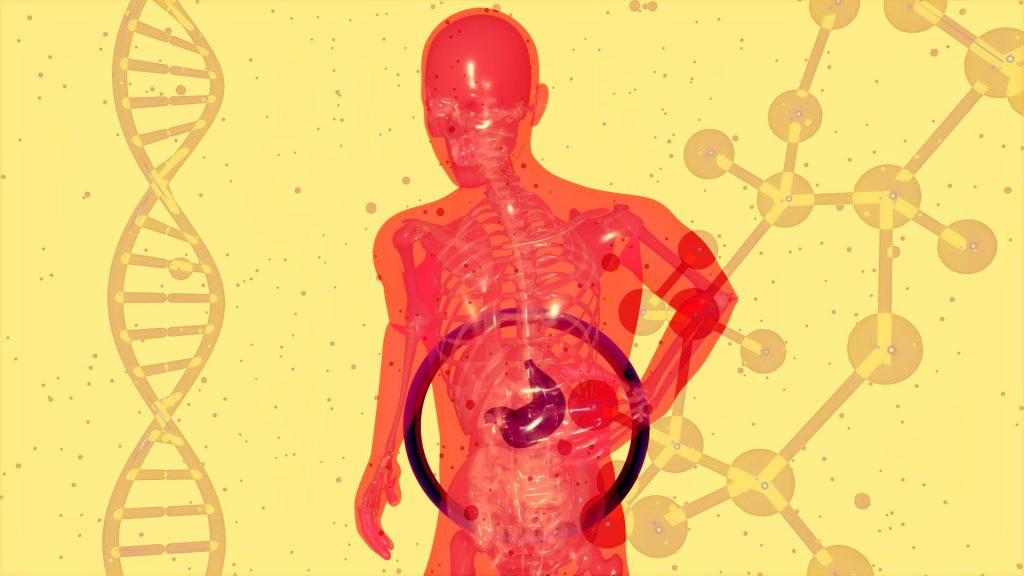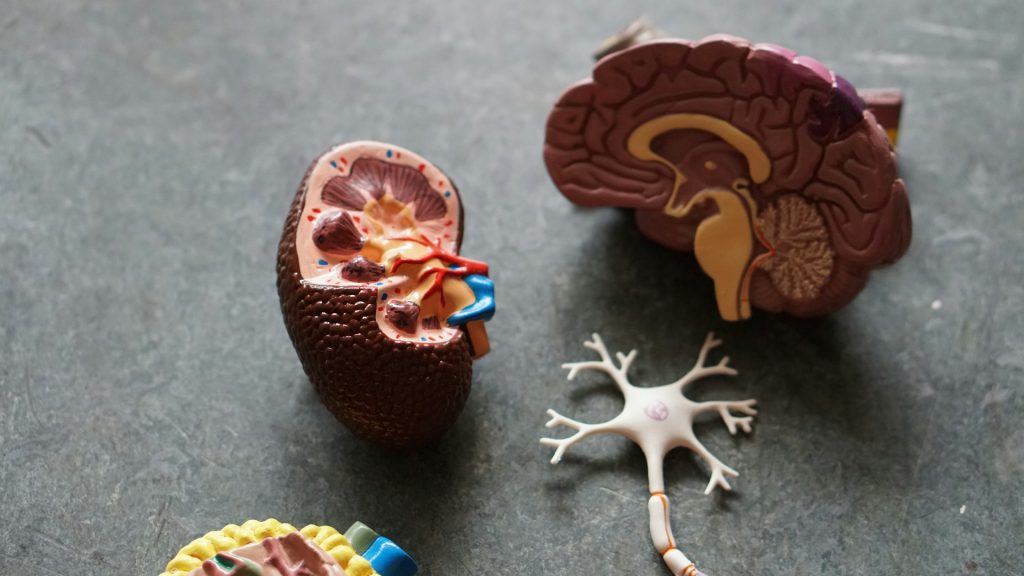Kidney stones are no stranger to more than half a million people who find themselves in emergency rooms each year due to kidney stone-related issues. With an estimated one in ten individuals likely to experience this uncomfortable condition at some point in their lives, understanding the ins and outs of kidney stones becomes paramount.

Deciphering Kidney Stones
A kidney stone, a formidable adversary, manifests as a hard object formed from chemicals present in the urine. These stones can be categorized into four main types: calcium oxalate, uric acid, struvite, and cystine. Their treatment may entail shockwave lithotripsy, ureteroscopy, percutaneous nephrolithomy, or nephrolithotripsy. While small stones may pass without much commotion, larger ones can evoke severe pain and other alarming symptoms.
Spotting the Signs: Symptoms of Kidney Stones
Kidney stones come in various sizes, ranging from as small as a grain of sand to as large as a golf ball. As a general rule of thumb, the larger the stone, the more pronounced the symptoms. Some common indicators of kidney stones include severe lower back pain, persistent stomach aches, blood in urine, nausea, vomiting, fever, chills, and cloudy or foul-smelling urine.

The Culprits Behind Kidney Stones
Several factors contribute to the formation of kidney stones, including inadequate hydration, fluctuating exercise levels, obesity, dietary habits, infections, and genetic predispositions. Additionally, excessive fructose consumption and certain medical conditions may heighten the risk of developing kidney stones.
Understanding the Types of Kidney Stones
Kidney stones manifest in four primary forms, each with its unique characteristics and underlying causes:
- Calcium oxalate: Formed when calcium combines with oxalate in urine, often exacerbated by insufficient fluid intake.
- Uric acid: Triggered by high levels of purines in foods, leading to increased uric acid production and stone formation.
- Struvite: Occurs less frequently and is typically associated with urinary tract infections.
- Cystine: Rare and hereditary, these stones tend to run in families.
Diagnosis: Shedding Light on Kidney Stones
Diagnosing kidney stones begins with a thorough medical history, physical examination, and imaging tests. High-resolution CT scans and KUB X-rays aid in determining the size and location of the stones, guiding subsequent treatment decisions. Blood and urine tests further assess kidney function and identify potential underlying causes.
Treatment: Breaking Down the Options
Treatment strategies for kidney stones encompass various approaches tailored to individual needs. While hydration and medication to alter urine acidity may suffice for small stones, more substantial or obstructive stones may require surgical intervention. Shockwave lithotripsy, ureteroscopy, and percutaneous nephrolithotomy/nephrolithotripsy are among the surgical techniques employed to address kidney stones effectively.

In conclusion, understanding the nuances of kidney stones empowers individuals to recognize symptoms early, seek prompt medical attention, and explore tailored treatment options. By shedding light on this prevalent yet manageable condition, we strive to alleviate the discomfort and uncertainty associated with kidney stone-related woes.





